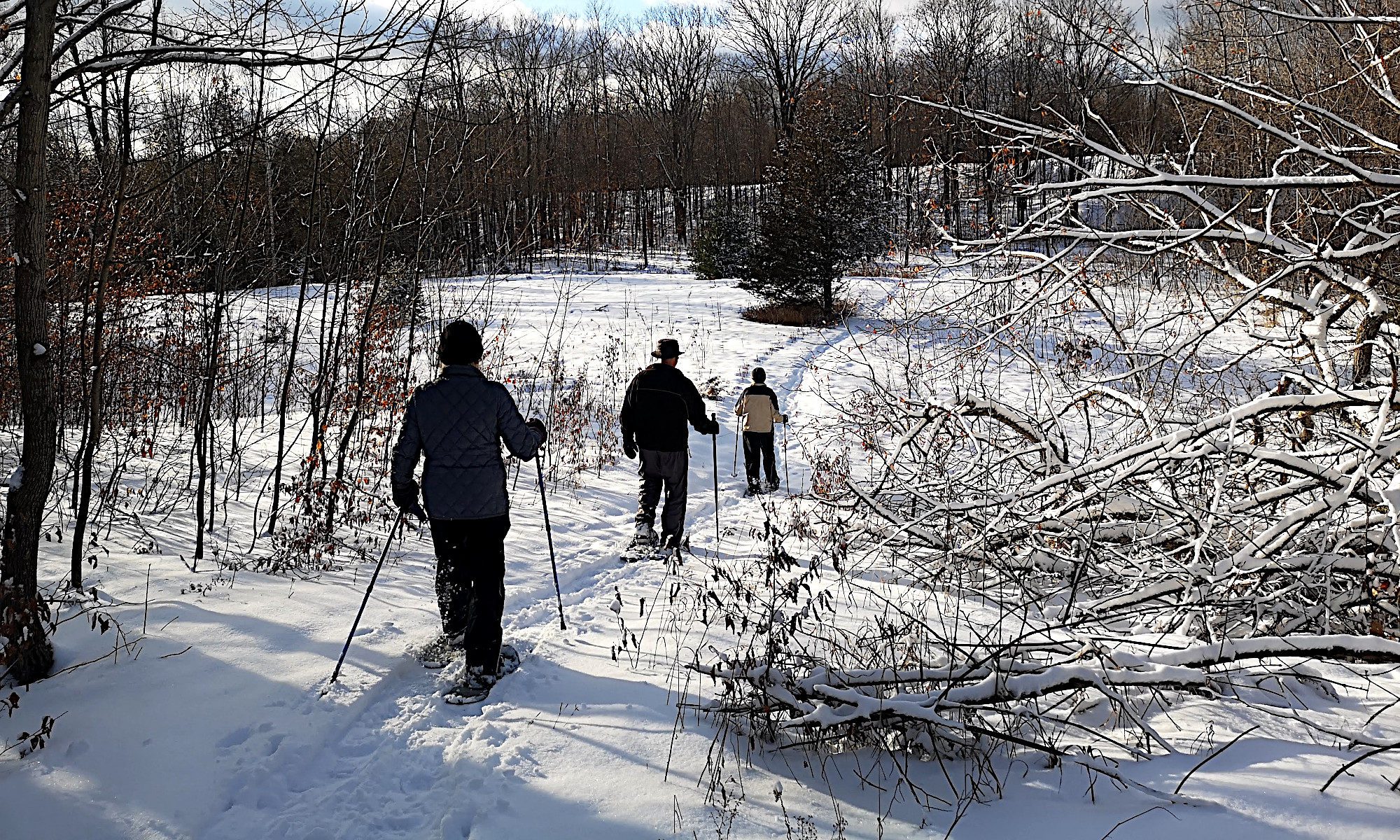
From Robert Worth for The Atlantic: “On the last morning of his life, Shinzo Abe arrived in the Japanese city of Nara, famous for its ancient pagodas and sacred deer. His destination was more prosaic: a broad urban intersection across from the city’s main train station, where he would be giving a speech to endorse a lawmaker running for reelection to the National Diet, Japan’s parliament. Abe had retired two years earlier, but because he was Japan’s longest-serving prime minister, his name carried enormous weight. No one seems to notice the youngish-looking man about 20 feet behind Abe, dressed in a gray polo shirt and cargo pants, a black strap across his shoulder. Unlike everyone else, the man is not clapping. Abe started to speak. Moments later, his remarks were interrupted by two loud reports, followed by a burst of white smoke. He collapsed to the ground. His security guards ran toward the man in the gray polo shirt, who held a homemade gun—two 16-inch metal pipes strapped together with black duct tape.”
In search of the legendary female eagle hunters of Mongolia

From Asha Tanna for Al Jazeera: “In 2013, Kazakh women in Mongolia captured global attention when a young eagle huntress, Aisholpan Nurgaiv, became the subject of a viral photograph taken by Israeli photographer Asher Svidensky. He returned to the country in 2014 with director Otto Bell, who made a documentary about the teenager. The storyline focused on her being an outlier in Kazakh culture in what Bell described as an isolated community with “a certain kind of ignorance about what woman can do”. These remarks were made during a press interview on CBS’s Mountain Morning Show in January 2016, where he also said she was the “first woman to eagle hunt in the 2,000-year-old male-dominated history”. But Kazakhs and historians say this is not true. “Eagle hunting always included women,” says Adrienne Mayor, a historian at Stanford University.”
Editor’s note: If you like this newsletter, I’d be honoured if you would help me by contributing whatever you can via my Patreon. Thanks!
Where did the QWERTY keyboard come from?

From Nick Yetto for the Smithsonian: “In 1866, Christopher Latham Sholes, a Wisconsin newspaper publisher and former state senator, co-invented an automated machine to number coupons and tickets—a task previously done by hand. When Sholes unveiled his device to a fellow inventor, Carlos Glidden, Glidden had an idea, exclaiming: “Why can’t you make a machine that will print letters as well as figures?” Sholes shared Glidden’s enthusiasm, as did S.W. Soule, a Milwaukee printer, so the three of them set up shop and began work on what would become the world’s first commercially successful “Type Writer.” There’s some dispute over how and why Sholes and Glidden arrived at the QWERTY layout. Some historians have argued that it solved a jamming problem by spacing out the most common letters in English; others hold that it was designed specifically to help telegraphists when transcribing Morse code.”
Editor’s note: If you like this newsletter, I’d be honoured if you would help me by contributing whatever you can via my Patreon. Thanks!
An arrow revealed by Norway’s melting glacier is three thousand years old

From Livia Albeck-Ripka for The New York Times: “Espen Finstad was trudging through mud in the Jotunheimen mountains of eastern Norway this month when he happened upon a wooden arrow, bound with a pointed tip made of quartzite. Complete with feathers, it was so well-preserved that it looked as if it could have been lost just recently. But Mr. Finstad, a glacial archaeologist for the county of Innlandet, knew better. By his estimate, the arrow is probably about 3,000 years old. The find, which Mr. Finstad and his colleagues believe belonged to a reindeer hunter in the late Stone Age or early Bronze Age, is among thousands of artifacts and remains that have emerged from melting ice in recent years, as climate change thaws permafrost and glaciers around the world.”
Light pollution is causing oyster insomnia, scientists say

From Hannah Seo for Hakai magazine: “In several quiet rooms in a marine lab in southwest France, dozens of Pacific oysters sit in large glass tanks, quietly living their oyster lives. Each morning, the lights come up slowly, carefully mimicking the rising sun, but at night the rooms never fully darken. The dim glow simulates the light pollution that increasingly plagues many marine species. The results of the experiment found that artificial light at night can disrupt oyster behavior and alter the activity of important genes that keep the animals’ internal clocks ticking. Damien Tran, a marine scientist and one of the study’s authors, was surprised that even the lowest level of nighttime light that they tested—“below the intensity of the full moon,” he says—was enough to throw off the oysters’ circadian rhythm. It’s especially remarkable when you remember that oysters don’t have eyes.”
Inventor ponders ethics of wiring human brain tissue into computers

From Loz Blain for New Atlas magazine: “Cortical Labs is an Australian company doing some mind-boggling work integrating human brain tissue, grown from stem cells, into silicon electronics, where they can talk to computer components using the same electrical signals they send and receive in the body, and exhibit learning behaviors by constantly rewiring themselves, growing and shrinking connections as they do when we learn. The company says its human neurons raised in a simulation… grow, learn and adapt as we do. That they consume vastly less power, and appear to learn much faster, and generalize learned knowledge more effectively, than the building blocks of today’s reinforcement learning supercomputers, while showing more intuition, insight and creativity. We caught up with Cortical Labs Chief Scientist Dr. Brett Kagan, to learn where things are at with this controversial and groundbreaking technology.”
What happens when your drone gets too close to the wildlife


Bridgy Response
Bridgy Response
Bridgy Response
Bridgy Response
Bridgy Response
Bridgy Response
Bridgy Response
Bridgy Response
Bridgy Response